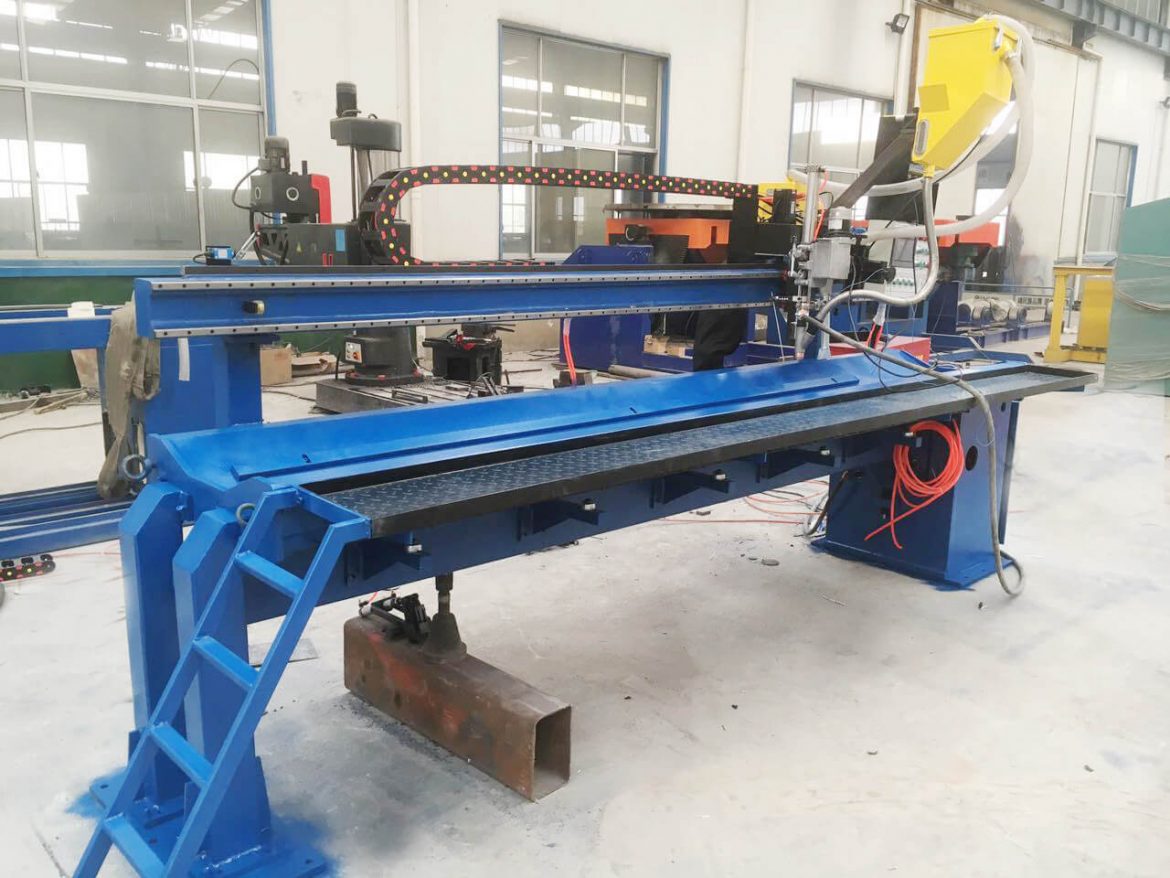What is longitudinal seam welding? To put it simply, it is a form of resistance welding that is used in fabricating metal pipes and drums from sheet metal by joining the two opposite sides. A longitudinal seam welding machine is a must-have if you do this kind of metalwork. But there are some things you need to be aware of before buying one. But first, let’s find out a little more about the technology behind longitudinal seam welding; Resistance welding.
Understanding Resistance Welding
How does resistance welding work? Resistance welding connects two pieces of overlapping metal by clamping them between two rolling electrodes, through which a current is applied. As this current passes through the overlapping pieces of metal, the resistance of the metal causes a major increase in temperature which melts the metal at the contact point, fastening the two pieces together, hence the term resistance welding.
The electrodes roll over the entire length of the layers of overlapping metal and weld them together. The pieces of metal themselves are melted to form the joint, and because of this, there is no need for filler material. These joints are therefore very durable and are sometimes even referred to as being stronger than the material from which they are formed. This is why resistance welding is a great choice for high-pressure pipes and drums.
Also, longitudinal seam welding machines are extremely efficient, allowing you to carry out weld after weld, with consistent accuracy and relative ease. It’s universal, welding even conical shapes, giving it great versatility. It can be used on carbon steel, stainless steel, low alloy steel, and even aluminum and some of its alloys.
Honorable Mentions
So now that you know the benefits of longitudinal seam welding, what are some other things to have in mind before you order your very own machine, and even before you begin welding?
You want to:
- Know the length and width of the parts you will be welding. In the case of pipes, figure out the length and diameter of the pipe you are likely to fabricate. This will ensure you pick the right machine to fit your needs. There are different sizes of seam welding machines, so you need to pick the right one. However, most models will allow you a significant range of freedom.
- Be sure of the kind of metal you will be working on as well as the thickness of the weld you want. This will help you decide what technique to use and how to calibrate your machine.
- Pick a good manufacturer. Not only will this ensure you get a well-made machine, but it will also mean that you receive proper after-sales service. Maintaining machines like these are best left to the professionals, and if you can get that as a package deal with the machine, then you’re set!
- Some of these welders can be fitted with auxiliary devices such as wire feeders and laser tracking devices. Decide if you will need these before you go shopping for your new welder.
Conclusion
All in all, make sure you’re buying from a certified manufacturer, and learn as much as you can about the machine. This will ensure you stay safe, and get the most value for your money.

